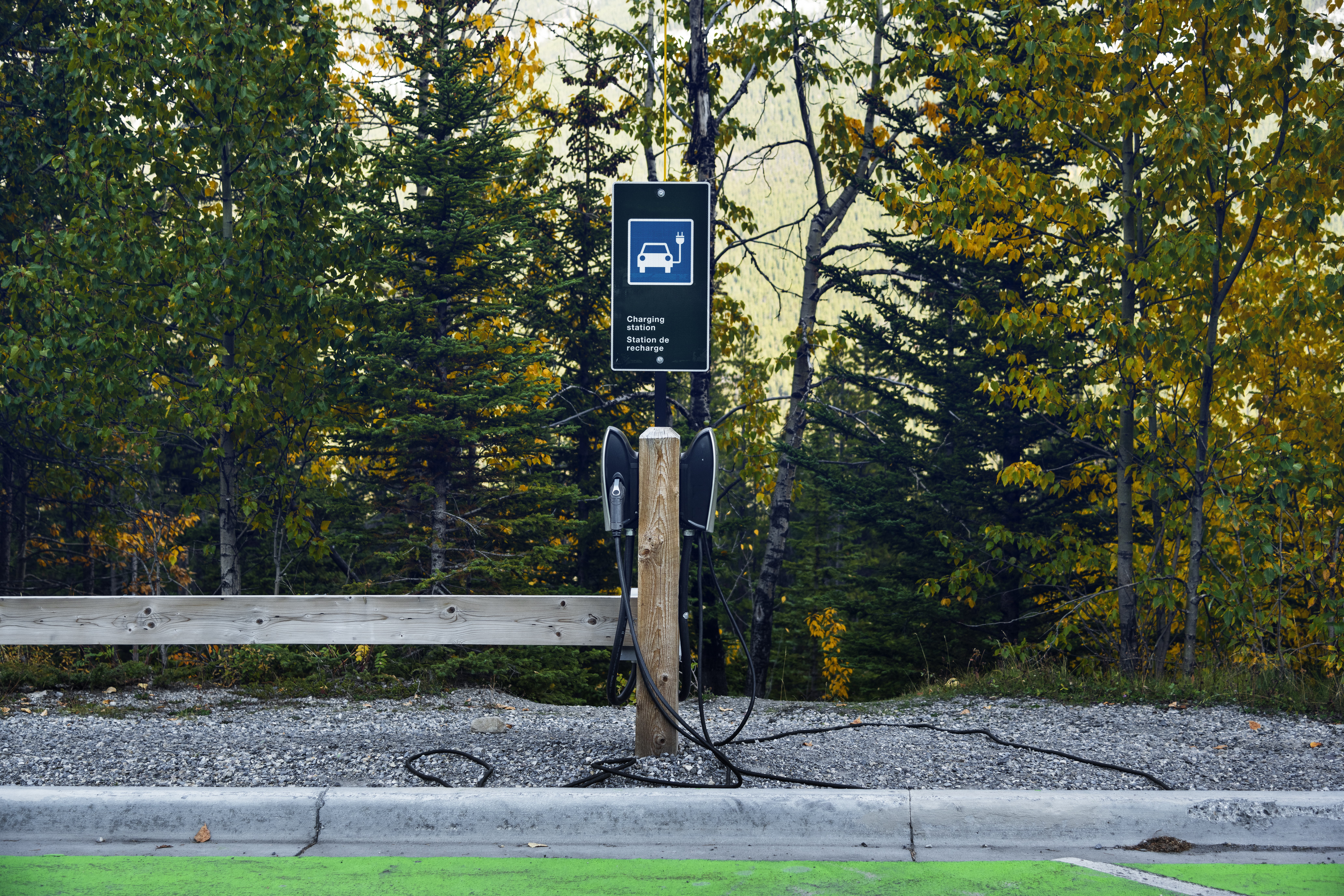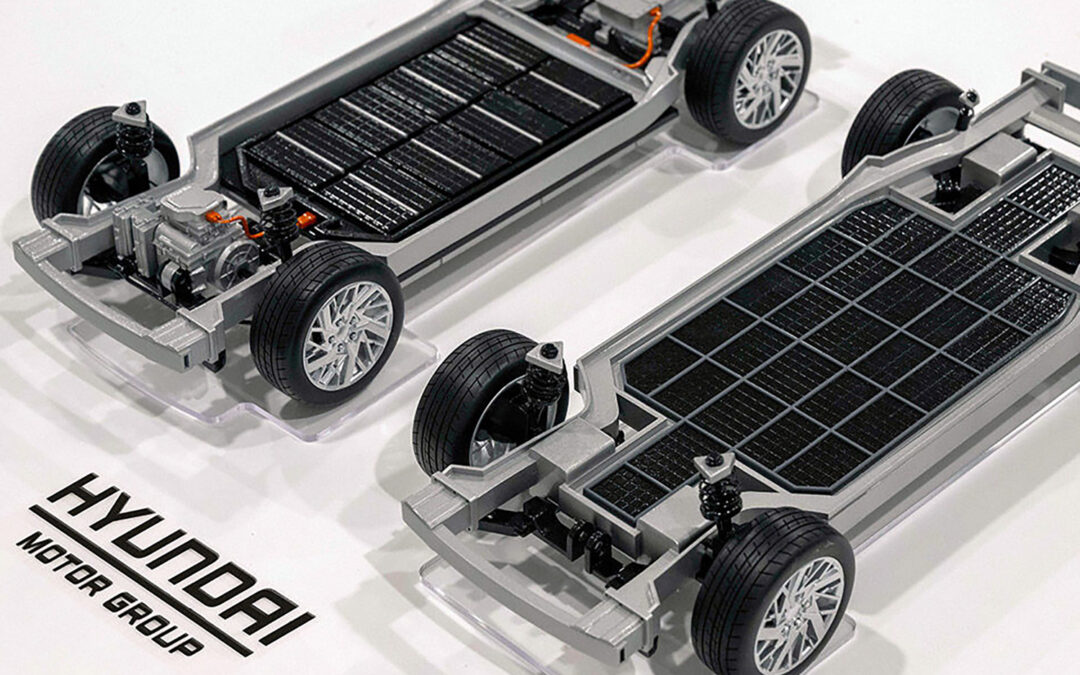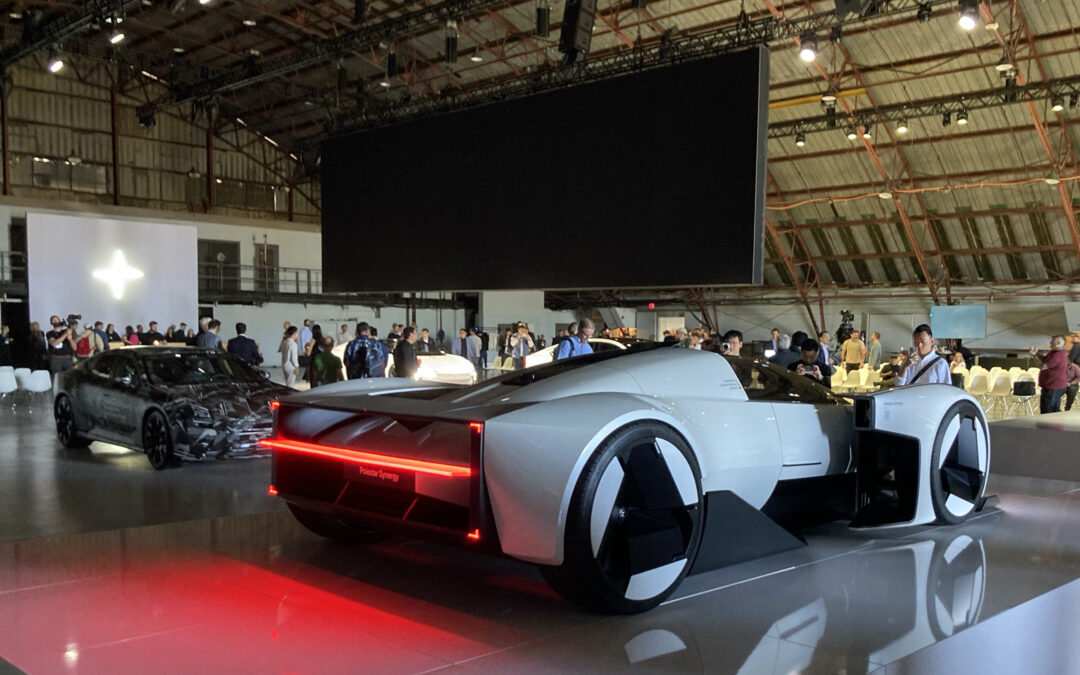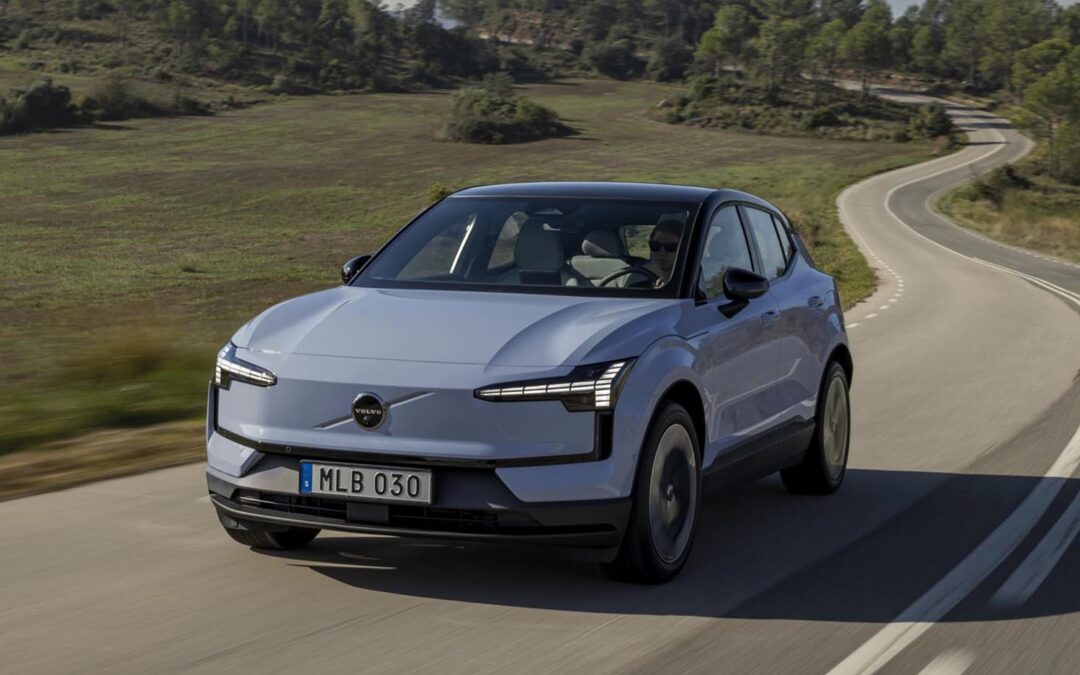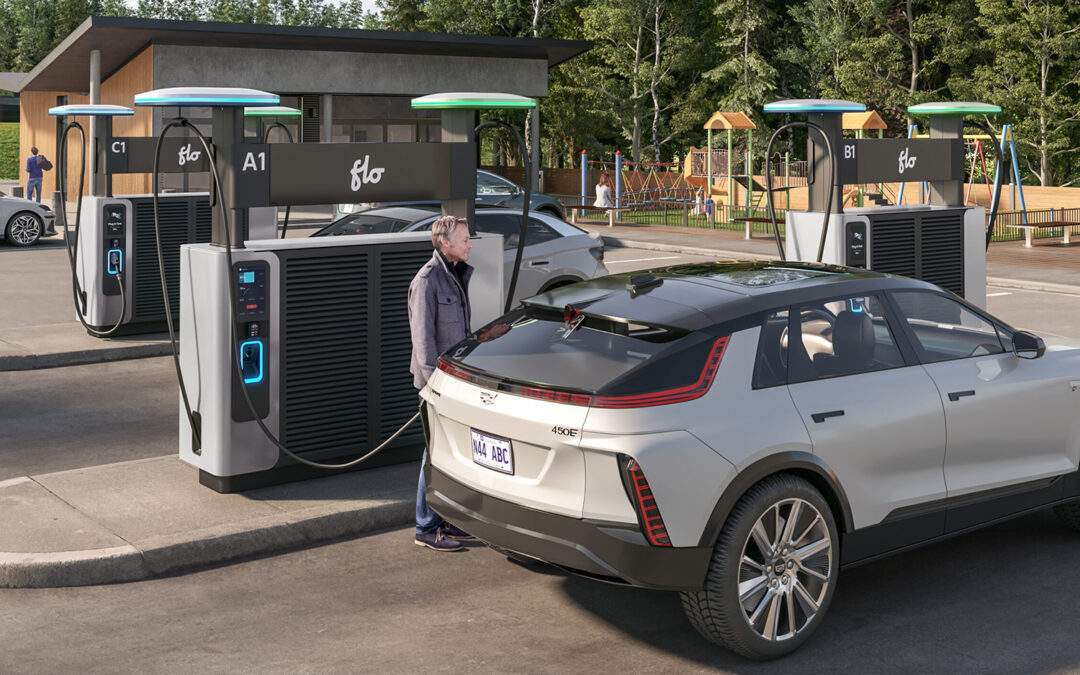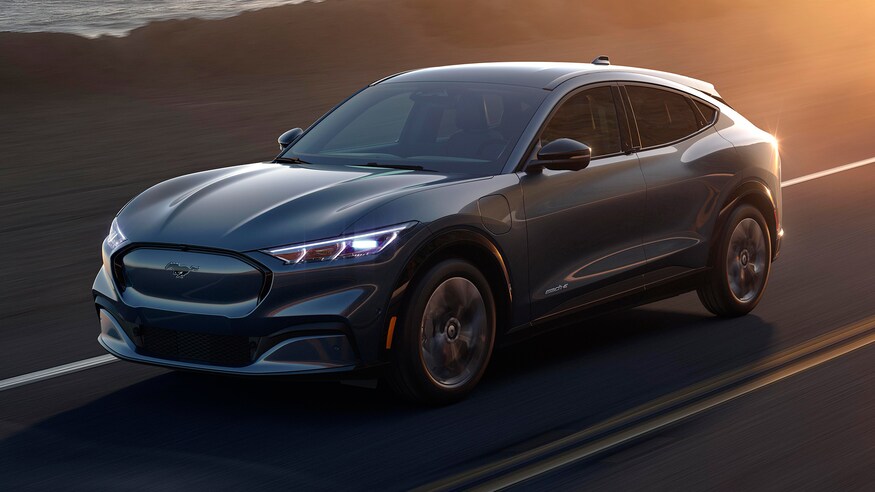Imagine, if you will, you’re driving around your town and, realizing your internal combustion-powered car is low on fuel, you look for a gas station to fill up. But three out of every four stations are closed, some pumps are open but not working, and some won’t accept your credit card. And even what gasoline is available is coming out in a dribble. You’re beginning to sweat; will you even be able to make it home?
If that were to happen on a regular basis in real life, how long do you think it would take for businesses and governments to demand answers and action on bringing reliability and accessibility to Canada’s fuel supply?
Find your nearest charging station with our Charging Hub
I hate to say it, but that’s exactly the state of electric vehicle public charging in this country. And if we want widespread adoption of EVs – our government has mandated electric-only vehicle sales by 2035 – then this needs to change. And very soon.
The patchwork of more than 16,000 public EV chargers across Canada is made up of multiple companies that use different technologies and pay structures, with very little government oversight. And reliability has been a serious problem with many of them. In fact, a recent study by CAA shows that the biggest worry for current EV owners is a lack of reliable charging infrastructure across Canada. In the survey of more than 16,000 owners, 44 per cent say public charging is insufficient, yet 30 per cent of the surveyed owners say they must charge outside the home.
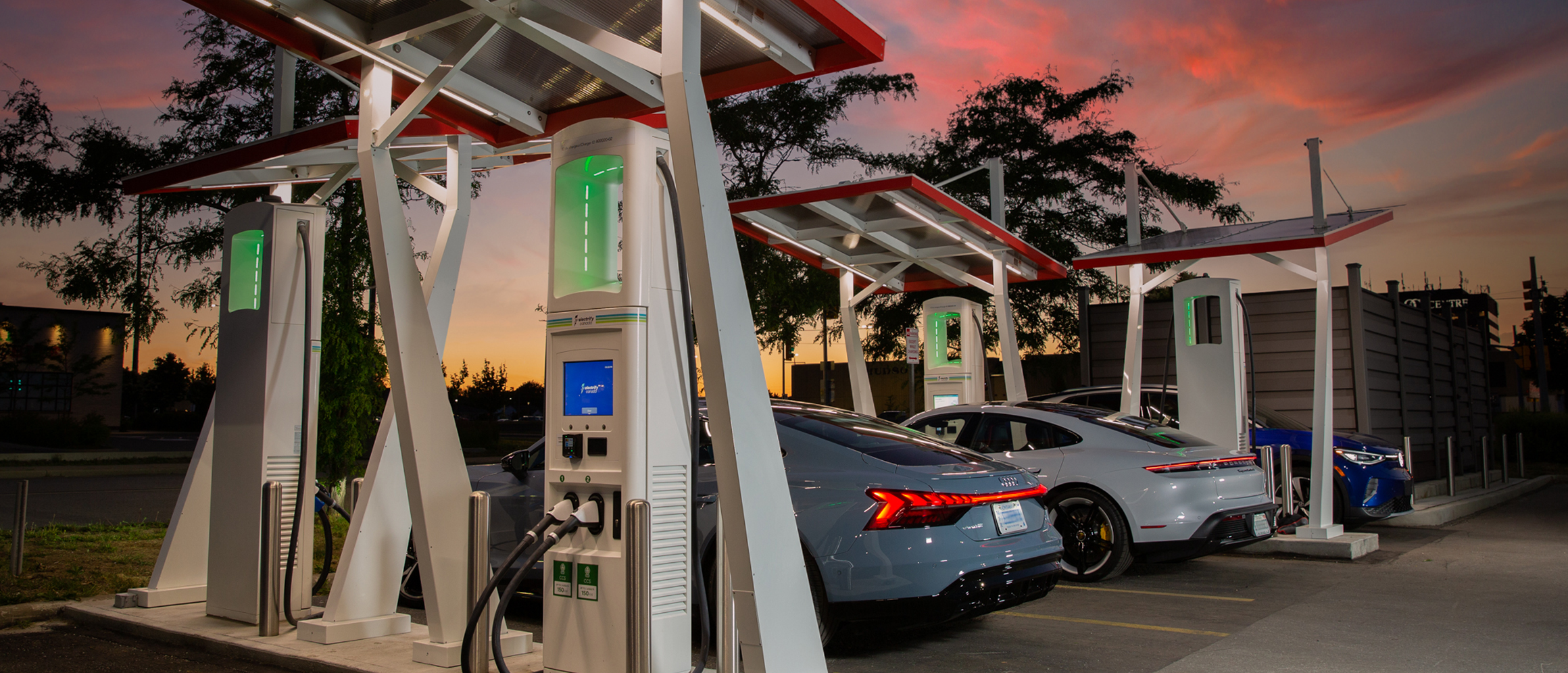
Electrify Canada charging
As well, 36 per cent surveyed say they don’t have the confidence to drive their EV on a long road trip, and 67 per cent still own a gas vehicle, which they are more likely to use for longer journeys.
And according to another report from last year, this time by Natural Resources Canada, the country will need at least 200,000 publicly accessible chargers by 2030, with a ratio of one charger for every 24 electric vehicles. We are a very, very long way from that.
I had my own eyes opened to this issue earlier this year while test driving the 2023 Ford F-150 Lightning. As what many EV owners would do, I researched my driving route for chargers beforehand, as I was headed east out of Toronto for a weekend. I was moving into a new home, and the F-150 Lightning was ideal for the job. And while the pickup performed admirably, the lack of chargers and the failure of those around the area made the experience nerve-wracking.
Read more: Ford means business with the F-150 Lightning
Of course, I didn’t have a Level 2 home port, so I had to rely on public infrastructure; the closest I found was but three kilometres away from my destination, but when I got there, it hadn’t been hooked up, so that forced a re-think of my plans.
The next closest was a PetroCanada 26 kilometres away in Cobourg, ON, a Level 3 DC fast charger that should have topped up the Lightning to 80 per cent in a half hour. But when I got there, one of the two chargers wasn’t working at all, and the other was charging at between 31 kW and 38kW; barely more than a Level 2. What galled me the most was that I was charged 50¢ per minute for the pleasure, no matter the power output, and my final result was 33 kWh at $34.01 after more than an hour of charging (or, up to a 50 per cent battery charge from 25 per cent). It was barely enough to get me home with the state of battery I had started out in the first place.
(Another EV driver with an Audi e-tron who pulled up to the PetroCan station and discovered the out-of-service charger spent 20 minutes on a service call with the company before giving up in disgust and driving away.)
My next charging attempt was at the Ivy chargers on Highway 401 at the Port Hope ONroute, more than 50 km from my base – though I had to backtrack four kilometres on the south side, because they aren’t on the north stop. And while these were plentiful and charging at a much more reasonable 91 kW, they weren’t without issue: the charging cable was too short to plug in to the side port of the F-150, so I had to pull up on to the curb to get the large truck closer.
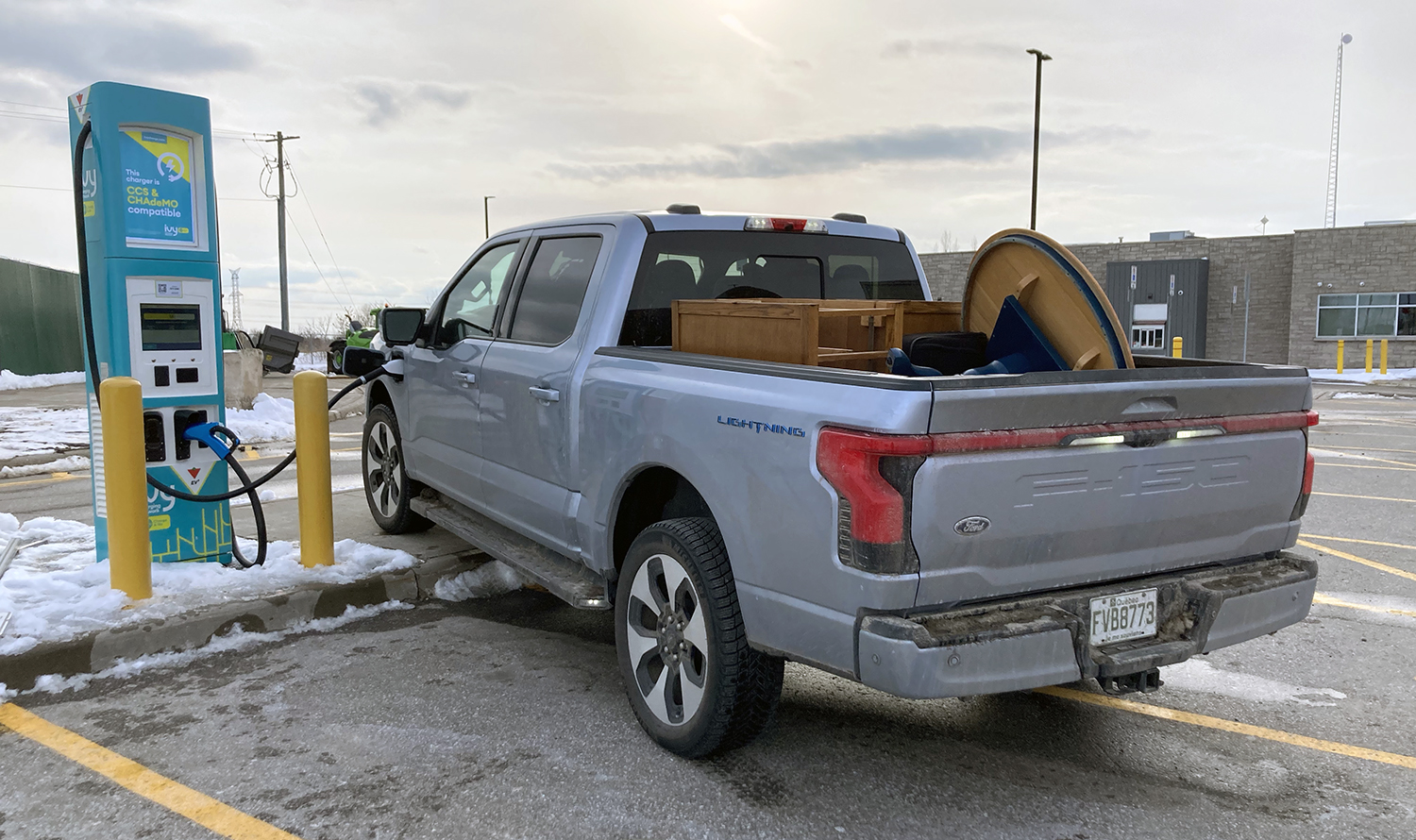
2023 Ford F-150 Lightning at the Port Hope ONroute charging station / Neil Vorano, The Charge
It’s easy to think this example is a one-off, but a quick perusal of EV groups on social media will show the problem is much more widespread, and even the most fervent electric vehicle supporters admit something needs to be done. The only owners who may not have a reason to complain are those who have a Tesla; the American automaker hasn’t just been a leader in EV production, but its Supercharger network across the world is far superior in numbers, performance and reliability.
This issue of infrastructure may have been acceptable in the ‘early adopter’ stage of EVs, but we’re far beyond that now, with general consumers now looking to go electric for their next vehicle. That Canada’s federal government has mandated our adoption of EVs is admirable, but it also has to take the lead in making sure it’s a credible goal. They must take more control and responsibility for building the country’s charging infrastructure with private companies, whether that means through investment, legislation or, most likely, both.
The first step is admitting you have a problem. When it comes to Canada’s charging infrastructure, the next step is demanding answers to what’s going to be done – and when?
